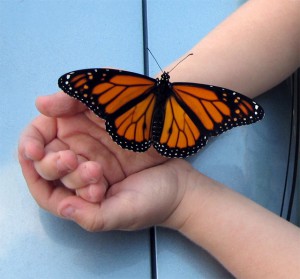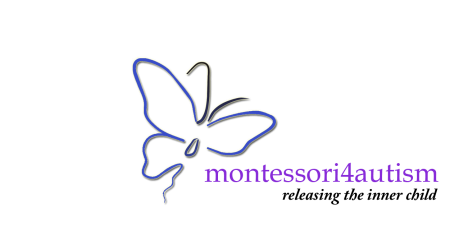Entering World
Entering World
 Our home-based program lasted for almost four years and was continuously evolving to meet my son’s individual needs and to reflect changes in his learning style and level of functioning. In the beginning, while he was learning the most pivotal skills, we relied mainly on “errorless learning”, hand-over-hand prompting, and frequent reinforcement with “edibles”. Later, we gradually reduced the share of discrete trials (DT) and started focusing heavily on reasoning and generalization of skills. We also made an important shift from edibles to praise as his main reinforcer, and started to incorporate Natural Environment Teaching (NET).
Our home-based program lasted for almost four years and was continuously evolving to meet my son’s individual needs and to reflect changes in his learning style and level of functioning. In the beginning, while he was learning the most pivotal skills, we relied mainly on “errorless learning”, hand-over-hand prompting, and frequent reinforcement with “edibles”. Later, we gradually reduced the share of discrete trials (DT) and started focusing heavily on reasoning and generalization of skills. We also made an important shift from edibles to praise as his main reinforcer, and started to incorporate Natural Environment Teaching (NET).
After about two years of ABA programming, we could no longer afford to pay a BCBA to oversee the program. As a consequence, I took over that role (with trepidation but determination) and was compelled to learn enough about behavioral analysis to write many of my son’s programs and to supervise his therapists (mainly graduate students) in implementing them. My background in curriculum development and teaching English as a second language came in very handy, since there are striking parallels in how typical children learn a foreign language and how autistic children acquire their native language. David was making slow but steady progress, and we were able to gradually increase opportunities for structured and supervised inclusion with typical peers, such as story time in the library, a music class, a gym class, and a few hours a day in a summer camp with an aide.
Accompanied by an aide, David attended a nurturing pre-school at a local college and then a loving and creative kindergarten program while learning basic social, play, and academic skills through a structured therapeutic approach. It took me at least six months of intensive search to identify each of these placements, but the effort was worthwhile as he was blossoming into a more confident, curious, and social learner.
